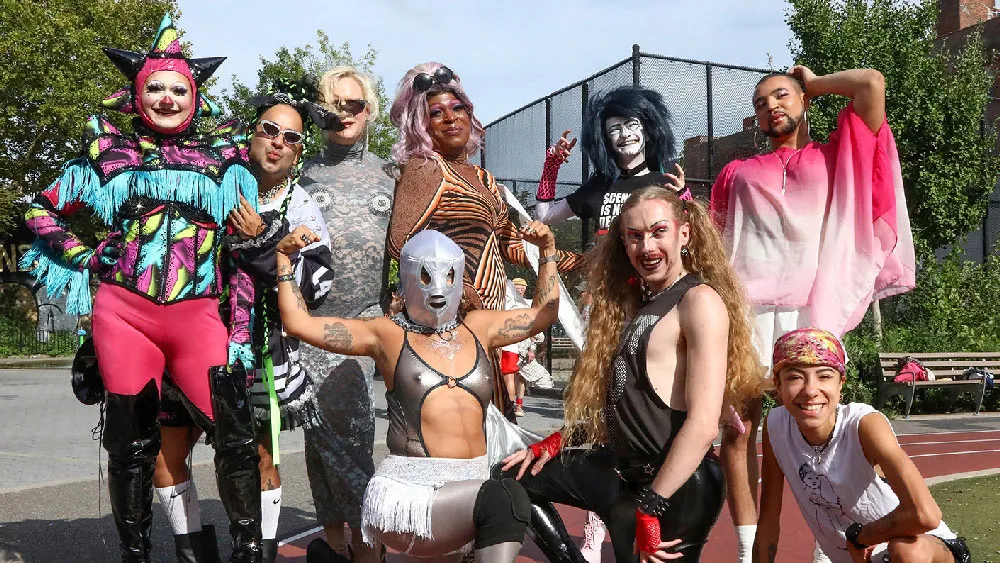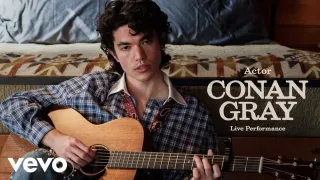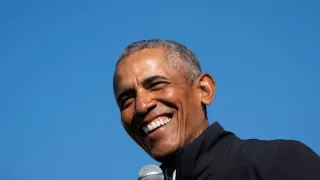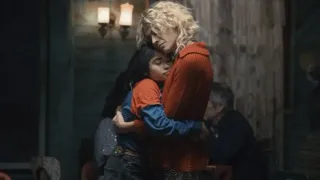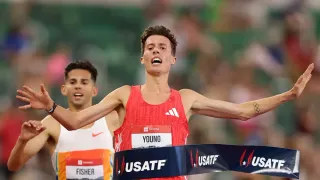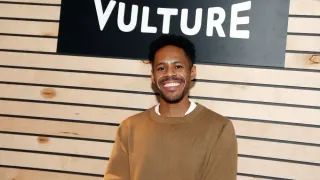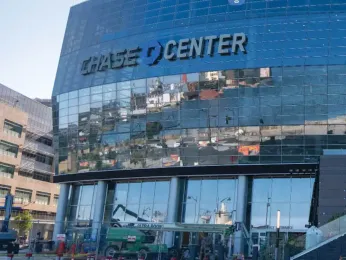
Jul 28
WNBA Labor Negotiations Shining Spotlight on Pay Disparity Compared to the NBA
Advertising Department – Sponsored Content READ TIME: 4 MIN.
The debut WNBA season for the Golden State Valkyries just so happens to coincide with collective bargaining agreement negotiations between the league and players union. And, well, talks aren’t going well.
Discussions founded around money can always be tenuous. It is no different during NBA collective bargaining agreement talks. Things can get tense in these situations for all of the major pro sports leagues in North America. Still, the WNBA’s conversations are more divisive because of the compensation gap between their players and the NBA’s athletes.
A combination of lucrative media rights deals and the mass legalization of sports betting have helped increase NBA franchise valuations, as well as player salaries right along with it. This trend holds true in the Valkyries’ Californian market to boot. The Los Angeles Lakers just sold at a $10 billion valuation even though online betting California isn’t yet legal . If the Golden State Warriors were put up for sale tomorrow, they might fetch even more, thanks in large part to the massive revenue stream they’ve opened up since moving to Chase Center.
The point is: NBA player salaries make WNBA compensation look like a pittance. For the 2025-26 season, the max salary for an NBA player ranges from $38.7 million to $54.1 million, depending on the level of experience. In the WNBA, meanwhile, the max player salary tops out at under $250,000.
Weirdos who have an issue with WNBA athletes pushing for money like to pretend they’re intelligent and cite the discrepancy in how much revenue each league generates. And look, there is a huge difference between the two. But a lot goes into that. The NBA has been around longer. It has 30 teams and 82 regular-season games. The WNBA has 13 teams and a 44-game regular season. You can’t get around some of that math.
And yet, this isn’t about the pure volume. It is about the percentage of the revenue to which WNBA players are entitled, and how it inexplicably pales in comparison to what NBA athletes receive.
WNBA Players Deserve a Larger Share of Basketball Related Income
As part of any collective bargaining agreement, players receive a percentage of Basketball Related Income (BRI), which is basically the total revenue generated by the league across all of its various endeavors (not including what individual teams like the Warriors and Valkyries make off real estate endeavors such as the Chase Center in San Francisco).
On average, NBA players receive 51 percent of the league’s BRI, with 49 percent going to the teams. In the WNBA, however, the players receive 9.3 percent of the BRI. This means NBA athletes are receiving nearly 5.5 times more of the share of BRI than their WNBA peers. That is an inexcusable difference.
Faux-edgelords like to point out that the WNBA reports losses, meaning it doesn’t turn a profit. But as ESPN’s Mina Kimas notes on Bluesky , creative accounting is nothing new. Businesses with billion-dollar valuations report losses all the time. Especially when they are considered start-up companies.
What’s more, WNBA owners can’t really cry poverty when the league’s ratings are up, and when the New York Liberty recently sold a stake in the team at an overall valuation of $450 million. If the WNBA was such a money-loser (it’s not), the franchise valuation would never get that high.
The Latest on WNBA Labor Talks Paints a Bleak Picture
Now, the negotiations between players and the league have not been entirely hopeless. According to ESPN’s Michael Voelpel , the two sides have apparently made strides on family benefits and retirement planning. However, as he also writes, the primary issue remains the same as ever:
“Prioritization means putting the WNBA firmly ahead of playing in other leagues, such as those overseas or American-based leagues Unrivaled, which was founded by Napeesha Collier and the New York Liberty's Breanna Stewart, and Athletes Unlimited that are set in one city in the January-March time frame. Since the WNBA began in 1997, it's been common for players to earn additional income playing elsewhere during the WNBA's offseason. That came to a head in the last CBA negotiations, when the league's owners insisted on a stricter commitment from players to the WNBA from training camp onwards.
The Seattle Storm's Gabby Williams said she thinks the WNBA would like to push the other leagues aside and get year-round commitment from players for the WNBA, but that the salaries being offered don't support that. Collier added that while she didn't sense the WNBA is against leagues such as Unrivaled, ‘You can't have exclusivity without paying for it. The players entered Thursday already a little concerned about the WNBA's lack of a prompt response to the union's offering five months ago. In February, Nneka Ogwumike said the players sent the league an initial proposal and then a follow-up. The league did not respond to that until June 13. The league counters that the amended proposal wasn't received until April.”
Clearly, the league does not seem to be operating with much urgency on the subject. In years past, this may have boxed WNBA players into a corner, leaving them more likely to make concessions. Something about this time feels different.
Players over All-Star Weekend donned t-shirts with “Pay us what you owe us” printed on the front, in what was a tour de force of public alignment. It seems as if the players union is ready to stick this out until they receive an offer more in line with what they’re seeking.
Whether this extends to stomaching a potential lockout remains to be seen. But make no mistake, the players have more leverage than ever. Not only did the WNBA just expand to include the Valkyries as its 13th team this season, but they have plans to reach 18 total teams by the end of the decade. The league would not be pushing for that kind of growth if it wasn’t on the up-and-up. We will now have to wait and see whether the players are able to get a noticeably larger share of the revenue—which, despite what some characters on TV and social media may think, they absolutely deserve.
